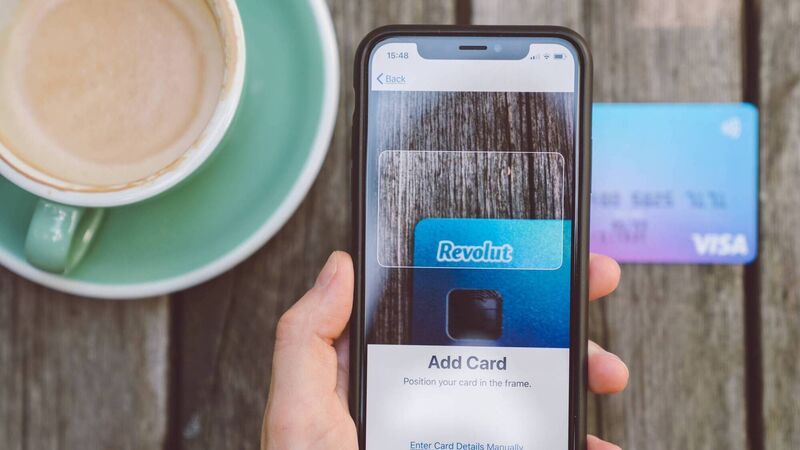Caitríona Redmond: Using your bank card? Here's why contactless or digital wallet is the way to go

The contactless pad sitting beside the till is where you tap your bank card or, more and more these days, your phone or smartwatch.
If I told you that over 1.6 billion contactless point-of-sale payments were made in shops, restaurants, and other retailers within a 12-month period up to June 2025, would you believe me? Not only is this statement true, according to the Banking & Payments Federation Ireland (BPFI) recent payments monitor, but these payments were valued at €28.3 billion.








